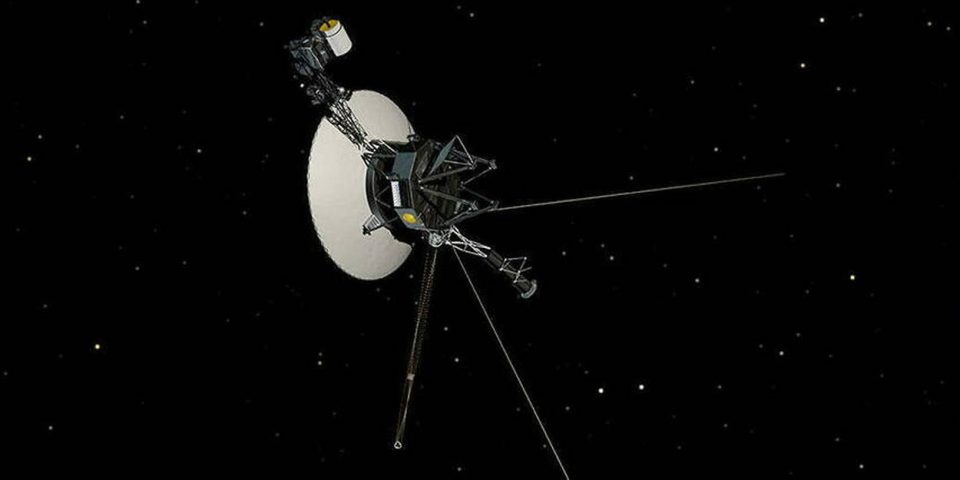
Qwhat’s happening to the doyenne of space probes? For the past few days, the question has been haunting the engineers of Nasa’s Voyager program. Launched in 1977 with its twin sister to visit the outer planets of the solar system – Jupiter, Saturn, Uranus and Neptune –, Traveling 1left the heliosphere – the bubble of gas and particles produced by our star – in August 2012 and has since been sailing into the interstellar medium from where it supplies scientists with valuable data. Except that, since mid-May 2022, when it is about 23.4 billion kilometers from Earth, the probe seems to have a problem. Its AACS (Attitude and Articulation Control Subsystem) system, which allows you to control its orientation and keep its antenna pointed at the Earth, returns totally fanciful telemetry data. Values that do not correspond to anything, as if they were randomly generated!
Nasa teams are trying to figure out where the outage came from. A task made complicated by the distance at which is Traveling 1 since it takes more than 20 hours for a communication to reach the probe and vice versa. The positive side is that the safe mode of the ship, which would greatly limit its possibilities of action, did not go off by itself. Better yet, Traveling 1 so far continues to transmit data and receive commands sent from Earth.
A mysterious midlife crisis
This suggests that the positioning control of the probe works even if the data it sends suggests otherwise. Is it a software problem that could be solved remotely by sending a patch or a hardware problem caused by its stay in the interstellar medium, impossible to repair, but for which there may or may not be a backup system capable of taking over? For the time being, no one would be able to say.
TO READ ALSOThe amazing soundtrack of a record earthquake recorded on Mars
After 45 years of good and loyal service, it is obviously not surprising that the device is starting to show signs of weakness. However, until they have determined the origin of the problem, engineers may fear that this failure will eventually affect the general operation of the probe that Nasa hopes to successfully operate until it has exhausted its fuel, in 2025. Because it is not every day that a space mission has the opportunity to conduct explorations beyond the borders of our planetary system. Everything that comes to us from her today is a treasure for science!


